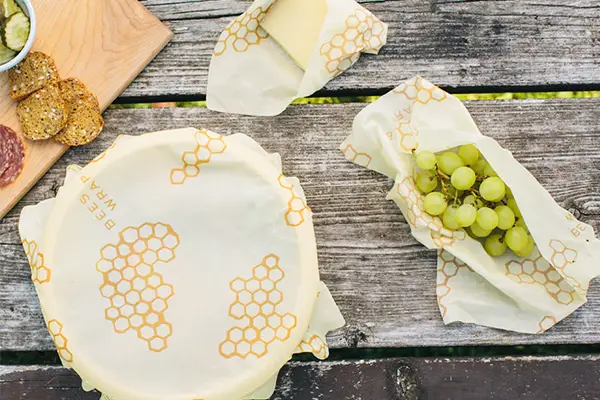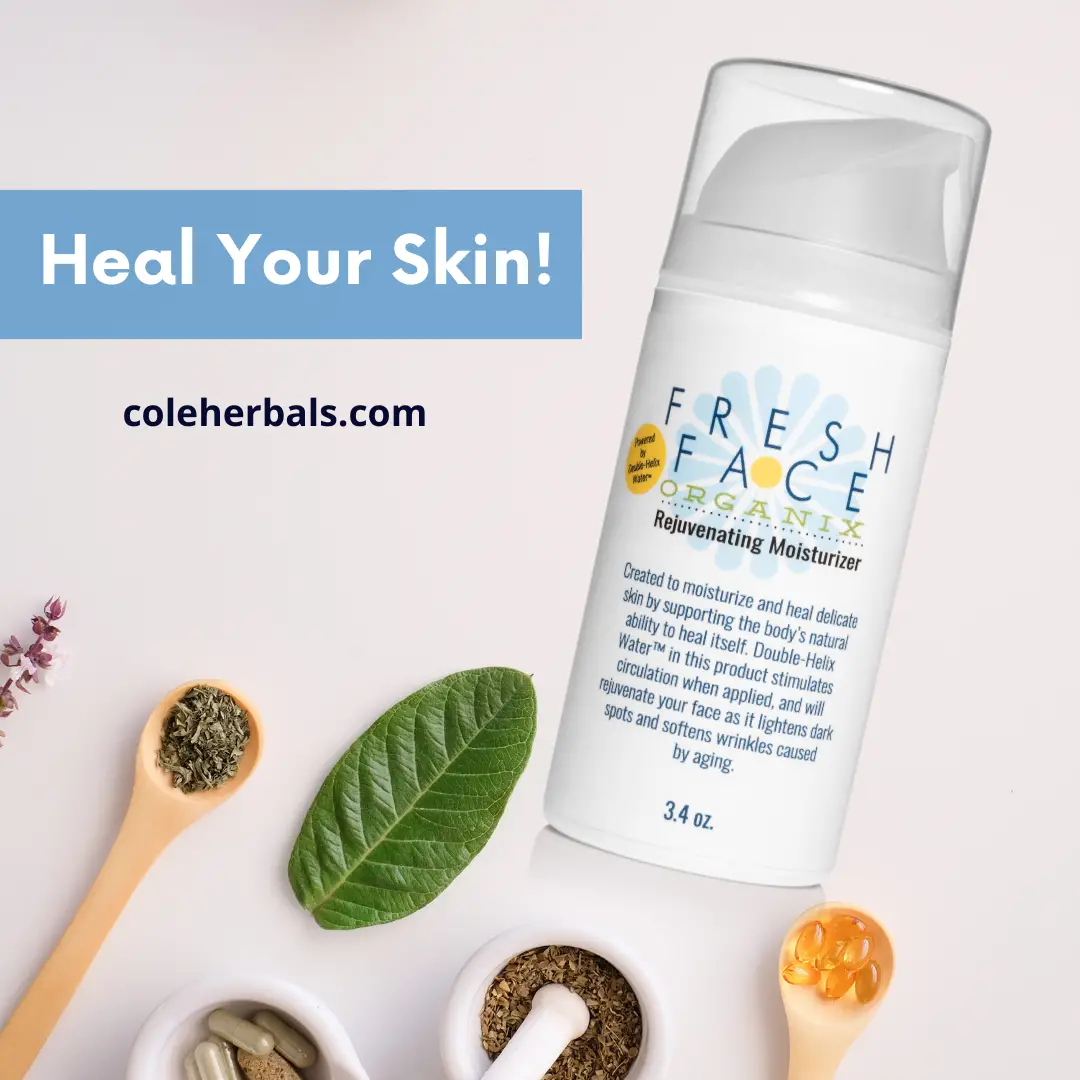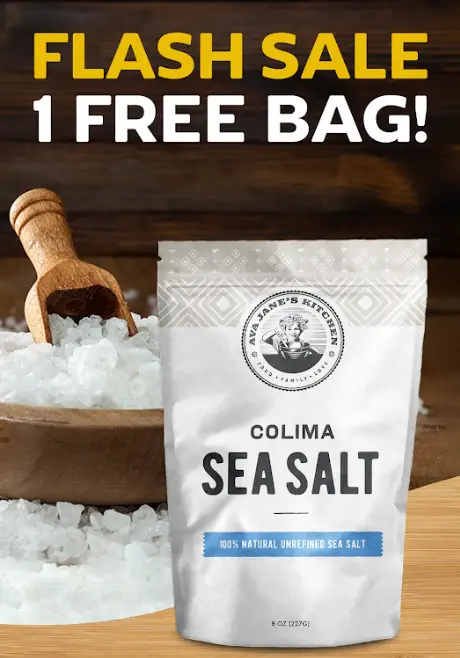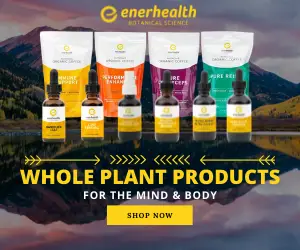
The one real purpose of plastic wrap is in its convenience factor; many will agree that putting wrapping paper on top of a dish is slightly easier that finding a perfect-size plate to cover it with, and wrapping fruit in the wrapping paper is easier that finding a perfect container for it.
But is this convenience worth the price of having toxic chemicals leach into the food and later be absorbed into our bodies? Doctors now urge people to think twice.
Plastic wrap gained its popularity in the 1950s, when convenience was put front and center. Since then, some doctors have come out saying that it contains chemicals which are toxic to the human health, but they have been brushed off as being wrong. Until now.
Researchers from two major reports found over 175 compounds that leach into the food from plastic wrap that are linked to cancers, fertility issues, and fetal development.
The first chemical of concern is Bisphenol A (BPA), and it is linked to hormonal issues due to its ability to mimic the female sex hormone estrogen. Studies have linked BPA to breast and prostate cancers, as well as early sexual development in women, birth defects, and a range of other health problems.
The other concerning chemical, especially In the UK and other parts of Europe, is PVC, which a hormone-disrupting phthalate. It has been banned in the U.S., but is still used in Europe.
PVC, a known carcinogen, was removed from plastic wrap in the U.S. in 2006; however, manufacturers aren’t required to list the chemical makeup of the wrap, therefore some brands, especially made in China, may still contain PVC.
Plastic wraps that did remove PVC from their makeup now contain what many thought were “safer” replacements. But doctors now warn that they are just as toxic.
Phthalates in Plastic Wrap Raise a Concern
The “safer” chemicals that replaced toxic PVC in plastic wrap are di-isononyl phthalate (DINP) and di-isodecyl phthalate (DIDP), both phthalates, which are used for strengthening plastic. They are found not only in plastic wrap, but also in soaps, cosmetics, and food containers.
Phthalates, as doctors now warn the consumers, are not safer.
Phthalate chemicals raise blood pressure in children ages 6 to 19, as was discovered by the researchers from New York University Langone Medical Center, based on a study of almost 3,000 children.
“We know that phthalates damage the walls of arteries by oxidative stress and they may directly damage heart cells. We know these chemicals get into food from plastic wrappings and gloves, and that they are in PVC flooring and cosmetics. We think they may have an effect on cardiovascular health and that children and adolescents should have limited exposure,” said the lead researcher Leonardo Trasande.
The exposure to phthalates increases when the plastic wrap is heated: either in the microwave, or by hot food (this is especially true for BPA-containing plastics, in which case the amount of toxic chemicals leached increases up to 55 times with heat).
Even Cancer Research UK warns people to never allow plastic wrap or “cling film” as it is called in the UK to touch the food if microwaving it.
“Do not allow cling wrap to come into direct contact with food when heating it,” warns Cancer Research UK.
Between the BPA, PVC, and phthalates, it may be best to avoid using plastic wrap altogether.
However, there is a new product on the market, which may become the natural replacement for plastic wrap in the next few years.

PHOTO: BeesWrap.com
Bee’s Wrap: A Healthy Substitute for Plastic Wrap?
One company in Vermont decided to take on a challenge of creating a food wrap that is natural, non-toxic, and biodegradable. The result is Bee’s Wrap.
It is made with organic cotton, beeswax, jojoba oil, and tree resin.
The organic cotton fabric is coated with a mixture of beeswax with jojoba oil, and tree resin, in order to stick to food containers.
Its main con is its price-point. At $18 and higher for a pack of three (when bought from their website), some consumers have already expressed their inability to pay that much for a food wrap (at least it’s re-usable!) The arguably high price probably comes from the fact that this wrap is handmade by a small group of people instead of a factory.
Many of the reviews on Amazon, however, give high hopes for this product. Customers are saying that food stays fresher longer when using this wrap: cheese does not dry out or mold, lettuce does not wilt, and half of an avocado does not brown or change color when covered with this wrap.
For those who do not like the price, but no longer want to use plastic, there are always the options of using glass containers with lids, produce bags, as well as making your own beeswax-cotton wraps.
Making DIY Beeswax-Cotton Food Wraps
Sustainable, natural food wraps are not hard to make at home.
All you need is beeswax, 100% cotton fabric (organic preferably), cookie sheets, paintbrush, and an oven.
The directions are simple:
-Preheat the oven to 185 F.
-Cut fabric into the size of your choice and place it on cookie sheet.
-Grate beeswax and sprinkle it on top evenly.
-Heat in the oven for up to 5 minutes – until the wax melts.
-Spread the wax with a brush and hang to dry.
-When it’s cool, it is ready to use.
Photo instructions and more tips are available at My Healthy Green Family.
You can also follow these video instructions and tips (instruction start at 0:55):
Thanks for installing the Bottom of every post plugin by Corey Salzano. Contact me if you need custom WordPress plugins or website design.













